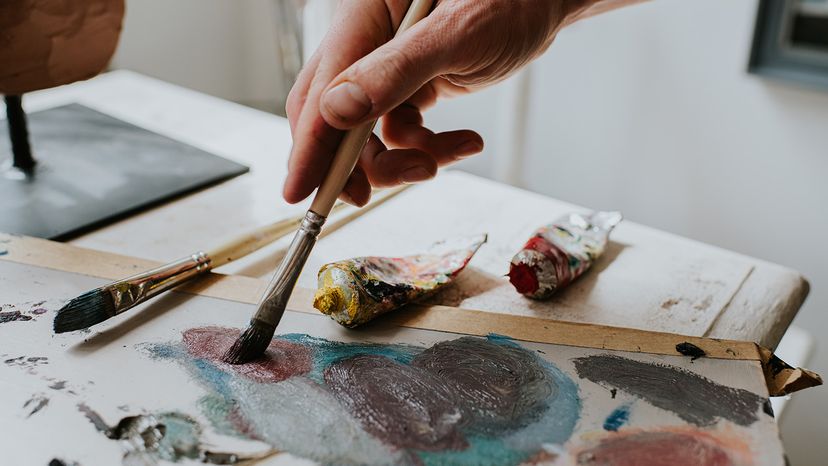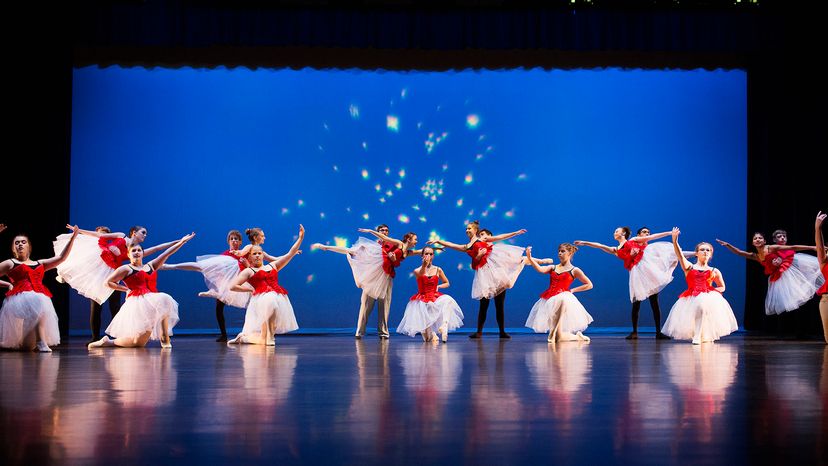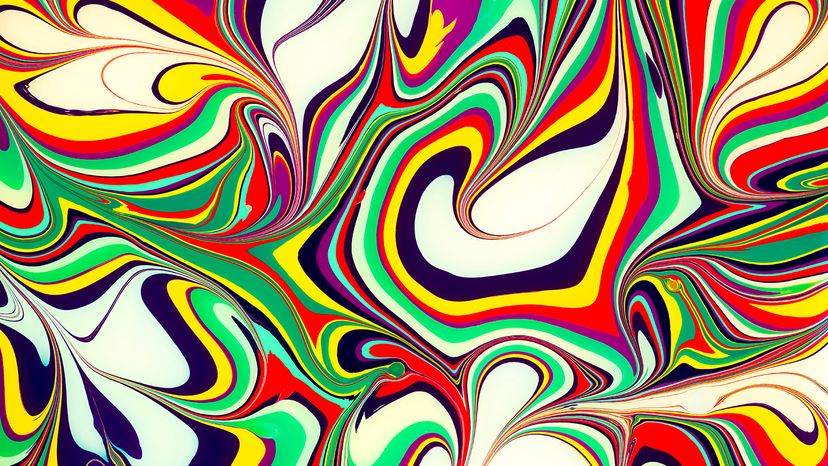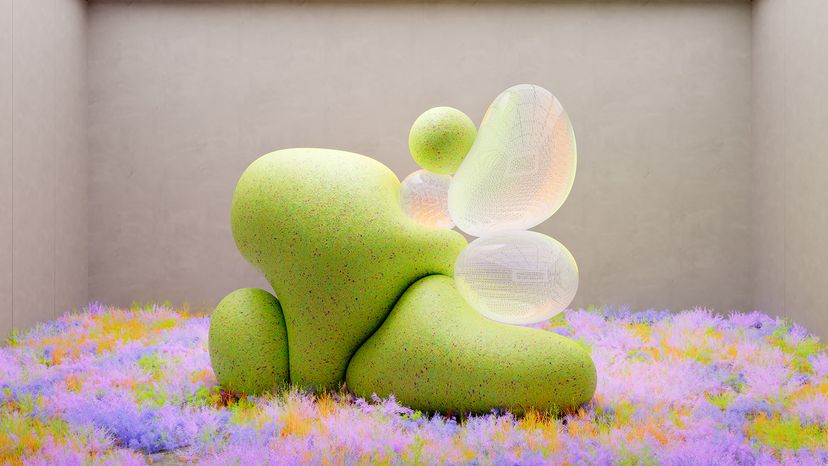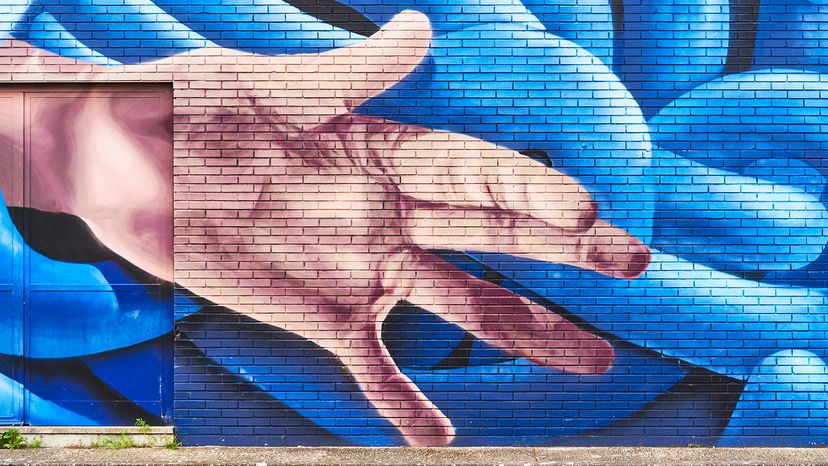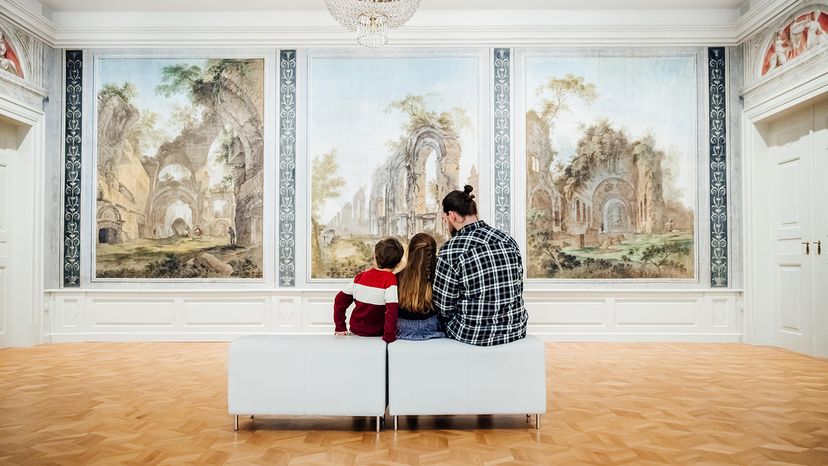
Walk into a museum, sit down to watch "The Nutcracker," glance at a graffiti wall or flip through a graphic novel, and you'll witness the world's many different types of art.
From traditional sculptures to digital installations, art is how human beings express creativity, share stories and connect across cultures and centuries.
Advertisement
Here’s a vibrant look at the many forms that artistic expression can take.
